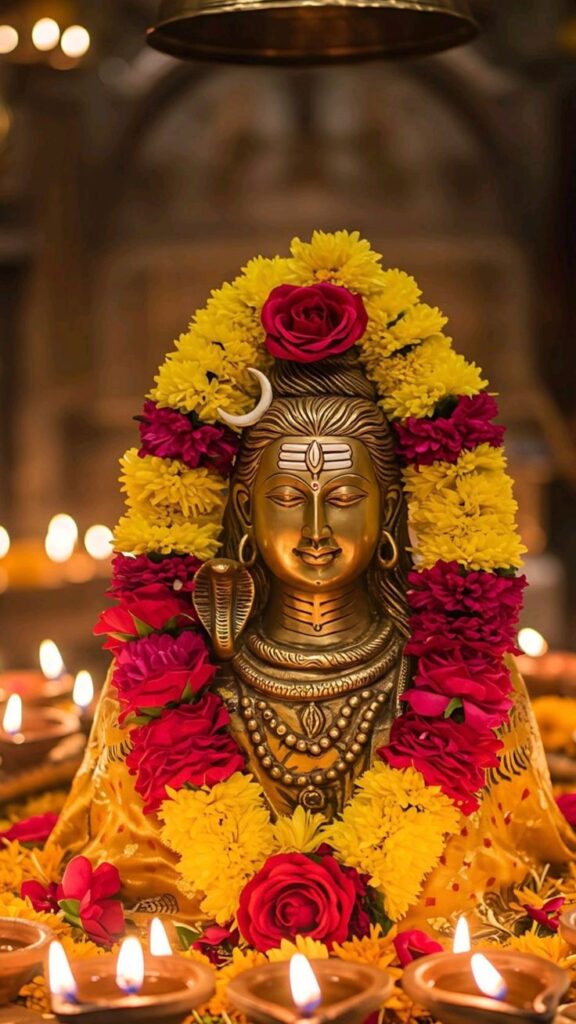
Shravan, also known as Sawan, is one of the most sacred months in the Hindu calendar. Spiritually aligned with devotion, fasting, and introspection, Shravan is dedicated entirely to Lord Shiva, the supreme ascetic and cosmic transformer.
In 2025, Shravan will hold even more spiritual importance due to rare planetary combinations and auspicious Mondays (Somvars). Millions of devotees across India and the world observe various rituals and fasting practices to seek blessings, inner peace, and divine transformation.
India’s spiritual calendar is deeply intertwined with the rhythms of nature and cosmic energy. Among the many sacred months, Shravan the fifth month in the Hindu lunar calendar, holds a place of immense significance, particularly in relation to Lord Shiva. Throughout Shravan, millions of devotees across the world engage in fasting, rituals, and prayers dedicated to Mahadev, the Lord of destruction and transformation.
But why is Lord Shiva worshipped with such devotion during this month? What makes this holy month so spiritually potent and central to Shaivism (the sect devoted to Shiva)? The answers lie in a fascinating blend of mythology, cosmology, symbolism, and seasonal alignment, each thread contributing to the sacred tapestry of this holy month.
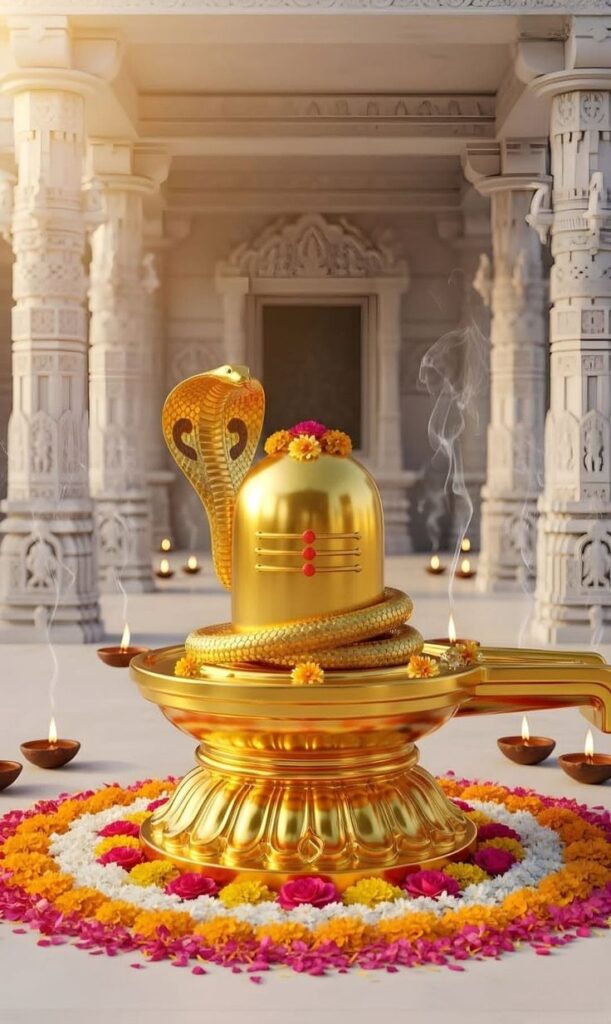
It typically falls during July–August in the Gregorian calendar and marks the onset of the monsoon in India. It is named after the Shravan Nakshatra (star), which is prominent during the full moon day (Purnima) in this month.
Did you know this holy month is considered the holiest month for observing devotion, tapasya (penance), and spiritual upliftment. Temples overflow with devotees, especially on Mondays (Shravan Somwar), and sacred rivers witness large-scale rituals like Kanwar Yatra—where pilgrims carry water from the Ganges to offer it to Shiva Lingams.
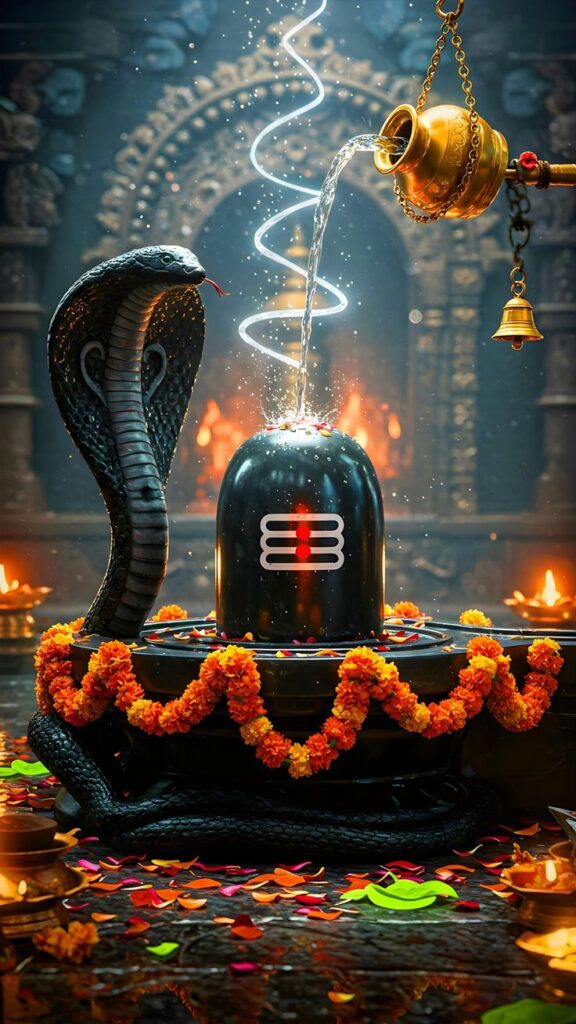
During the churning of the ocean by the devas (gods) and asuras (demons) to obtain amrita (nectar of immortality), a deadly poison named Halahala emerged. This poison had the potential to destroy all life across the cosmos. None of the deities dared to contain it.
At this moment, Shivji stepped in as the savior of the universe. He drank the Halahala poison to protect all beings. His wife, Goddess Parvati, stopped the poison from descending into his stomach by holding his throat. As a result, Bhole baba’s throat turned blue, earning him the name Neelkanth (the Blue-Throated One).
This act of supreme self-sacrifice is believed to have occurred during this month. Hence, devotees worship Lord Shiva in this month to express gratitude and seek his protection from all negative influences and toxicities—both physical and spiritual.
The monsoon rains cool the earth and atmosphere, symbolic of the cooling nature of Shiva.
It is believed that during this time, Lord Shiva’s presence is strongest on Earth, and hence, any prayer, mantra, or meditation done in this month is amplified manifold.
Mondays are believed to be especially auspicious because Monday is already considered Shiva’s day. Devotees fast, chant mantras like “Om Namah Shivaya,” and perform Rudrabhishek (offering water, milk, honey, and bel leaves on the Shiva Lingam) to earn divine blessings.
This symbolic act reflects surrender, simplicity, and sacrifice—qualities that resonate deeply with the ascetic nature of Lord Shiva. The entire nation witnesses the spiritual energy of this mass movement during Shravan.
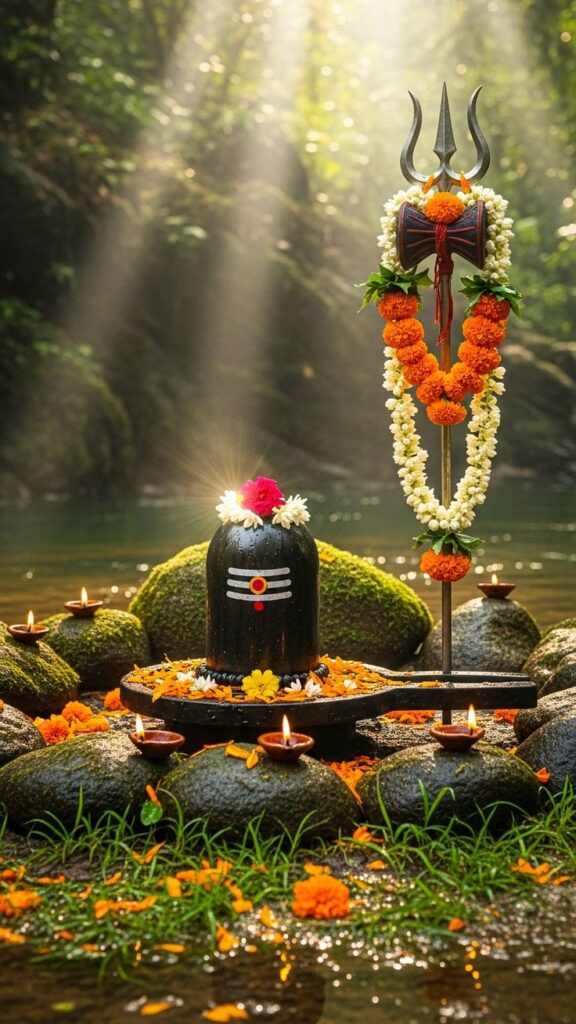
Monday fasts (Shravan Somwar Vrat)
Some also fast on Tuesdays and Fridays, especially women praying for marital bliss or a suitable life partner.
Many offer only satvik food, abstain from meat, onion, garlic, and addictions, and focus on prayers and temple visits.
The belief is that fasting helps cleanse the body and mind, aligning oneself with the sattvic (pure) vibrations of Shiva.
Goddess Parvati underwent severe penance and fasting during the Shravan month to win Lord Shiva as her husband.
Touched by her devotion, Lord Shiva agreed to marry her, leading to their sacred union.
Thus, Shravan is considered particularly auspicious for unmarried women who fast and pray to Lord Shiva to bless them with an ideal husband, following Parvati’s example.
Married women too observe Shravan rituals to strengthen their relationships, foster understanding, and ensure longevity for their spouses.
The Moon governs the mind, emotions, and water element in Vedic thought. Shravan thus becomes the month to balance emotions, heal mental disturbances, and cultivate inner peace.
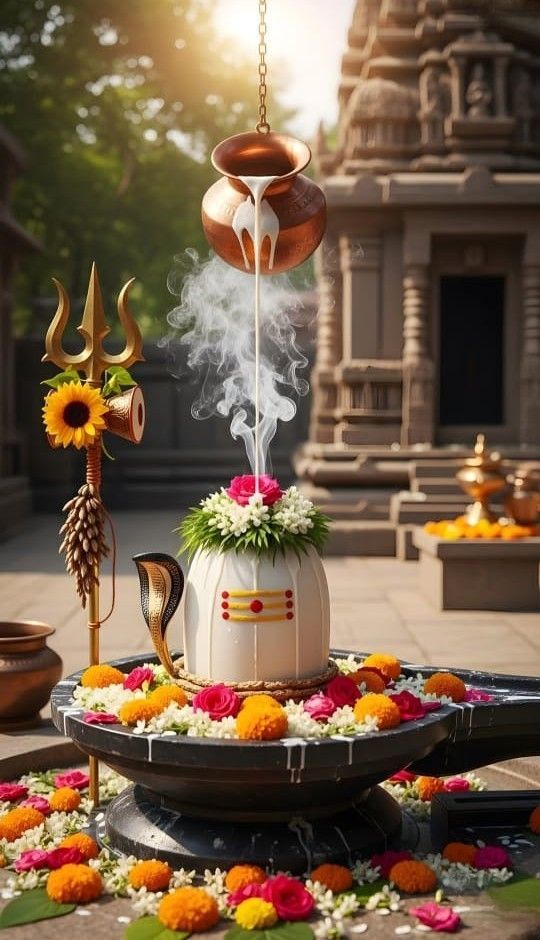
Rudrabhishek and Mahamrityunjaya Jaap
These are performed extensively during Shravan. Rudrabhishek is a powerful Vedic ritual invoking the Eleven Rudras of Shiva to seek blessings for health, wealth, and peace.
Mahamrityunjaya Mantra, considered the death-conquering mantra, is frequently recited to overcome fears, illnesses, and karmic blocks.
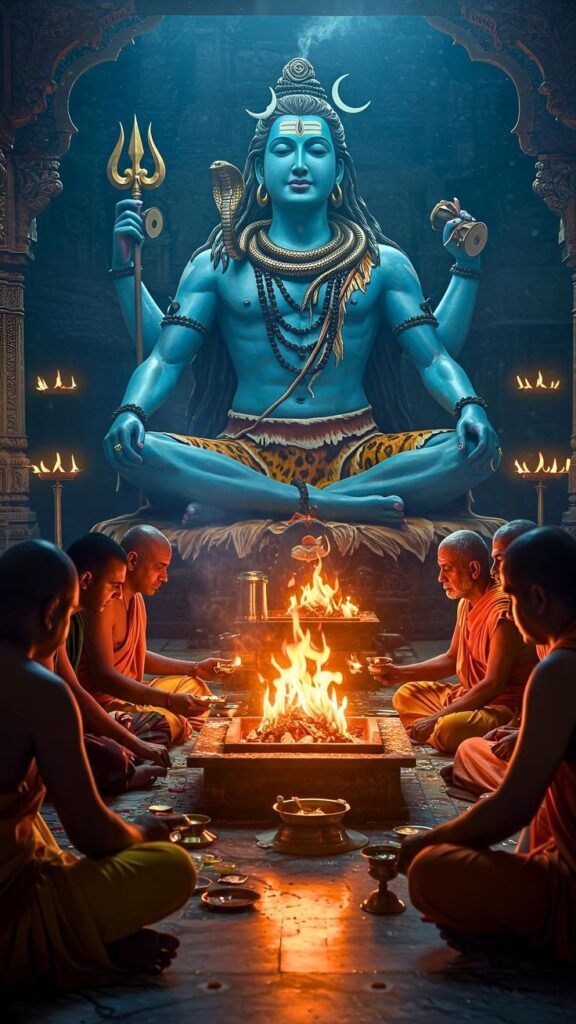
The worship of Lord Shiva in Shravan is not just spiritual—it also aligns with natural and physiological rhythms:
Universal Symbol of Simplicity and Detachment
In a world increasingly focused on materialism and excess, Shiva represents the opposite—minimalism, meditation, and stillness. During Shravan, devotees aim to connect with these values:
Shravan thus becomes a month of reclaiming one’s inner stillness through Shiva consciousness.
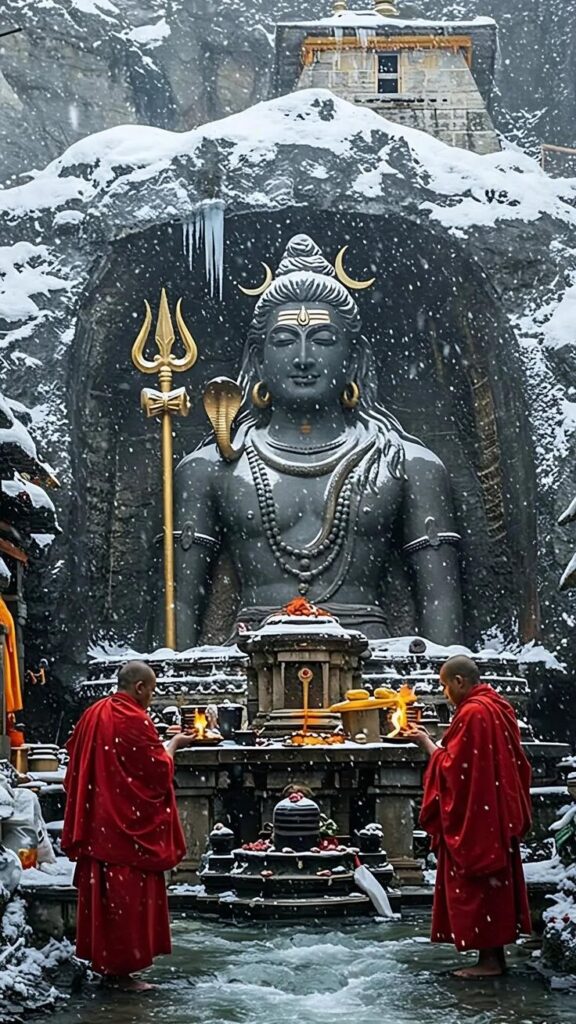
From Kedarnath in the Himalayas to Chidambaram in Tamil Nadu, every Shiva temple experiences surges in pilgrim visits during Shravan. Temples like:
organize elaborate rituals, Shiv Mahapooja, and spiritual events throughout the month.
Even Indian diaspora in countries like Nepal, Mauritius, Indonesia, Fiji, UK, and USA observe Shravan festivals with great devotion.
Conclusion
The worship of Lord Shiva in Shravan is not merely a ritual—it is a sacred opportunity to reset our lives. With its roots in mythology, alignment with nature’s rhythms, and deep psychological relevance, Shravan offers a rare spiritual window to connect with Shiva’s boundless, benevolent energy.
Whether one is seeking material growth, emotional healing, or spiritual awakening, the path of devotion to Shiva in this sacred month lights the way. As the ancient verses say:
“Shravan maas mein Shiv pooja se sabhi manokamnaayein poori hoti hain.”
(In the month of Shravan, the worship of Lord Shiva fulfills all desires.)
So as the rains pour, washing away dust from the earth, may Lord Shiva cleanse our hearts of ego and ignorance, filling us with truth, love, and liberation.
Har Har Mahadev!
👉 If you liked this article or, then do write us in the comment section below.
For Astrology, Numerology, and Reiki Services contact us today!
We also deal in original quality and Certified Rudraksha, Crystals and Gems.
👉 Shop Now Original Rudraksha & Crystals
For more daily updates do like and Follow Us and keep visiting www.jaymahakaal.com